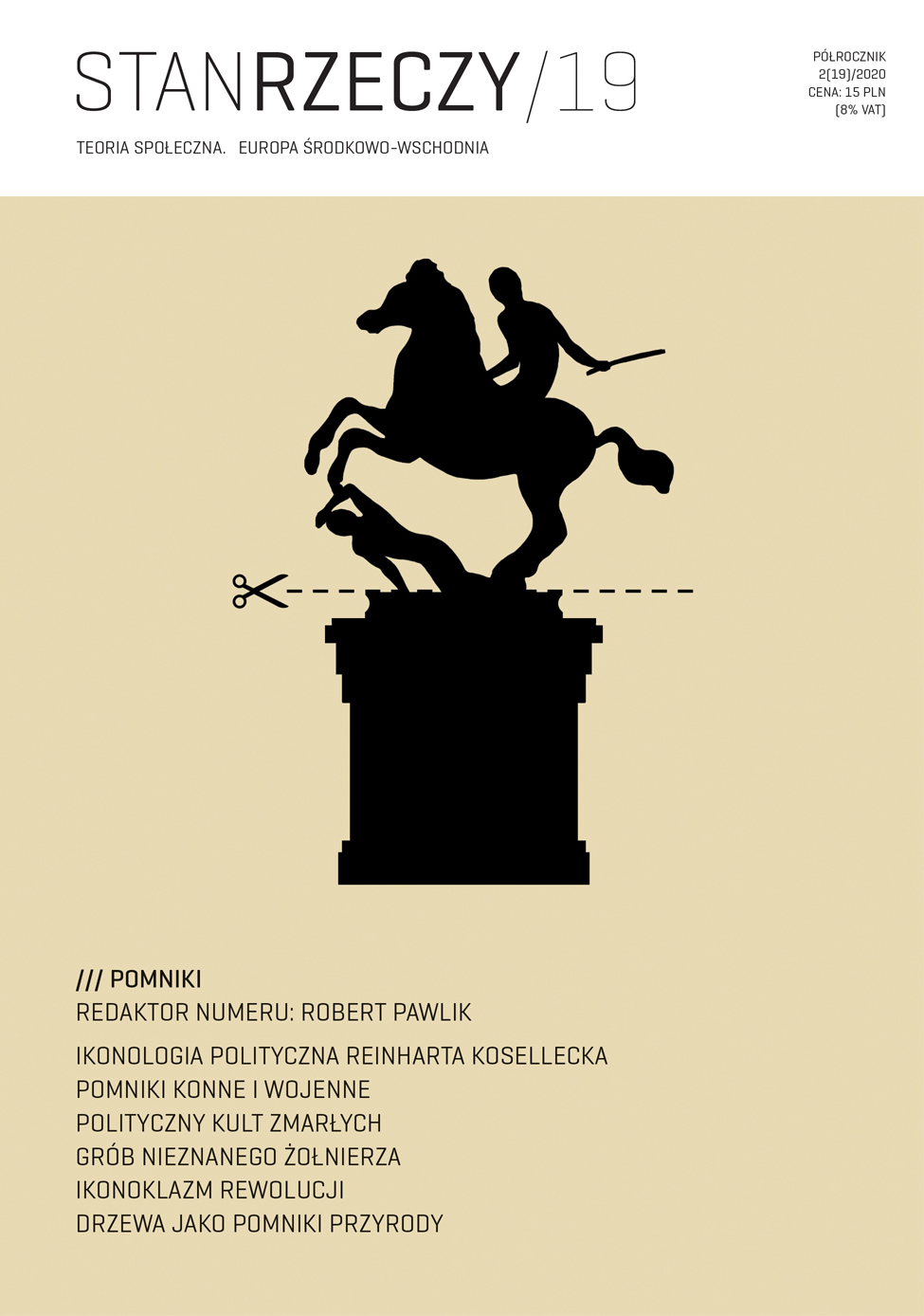Pomnik konny Jana III Sobieskiego w Łazienkach jako symbol zwycięstwa
The Equestrian Statue of Jan III Sobieski in Łazienki Park as a Symbol of Victory
A Note on the History of Political Hippology
Author(s): Robert PawlikSubject(s): Politics / Political Sciences, Politics, Social Sciences, Sociology, Studies in violence and power, Politics of History/Memory, Politics and Identity
Published by: Wydział Socjologii Uniwersytetu Warszawskiego
Keywords: Jan III Sobieski;equestrian statue;horse trampling;symbols of victory
Summary/Abstract: The Jan III Sobieski Monument, which is chronologically the second nonreligious monument in Warsaw (after Sigismund’s Column), was erected by Stanisław August Poniatowski on the 105th anniversary of the Victory of Vienna. It depicts the king dressed as a Roman emperor and mounted on a rearing horse which is trampling two prostrate figures. A horse trampling a fallen opponent is an established iconographic formula dating back to Graeco-Roman antiquity. It functioned as a symbol of military victory over a barbarian enemy. In the Renaissance, this formula came to be associated with victory over a religious enemy thanks to the “supernatural intervention of God”. Erected on the eve of the partitions, the equestrian statue of King Jan III Sobieski displayed to the public the powerful symbol of the triumph of the Polish army over its enemies.
Journal: Stan Rzeczy
- Issue Year: 2020
- Issue No: 19
- Page Range: 73-99
- Page Count: 27
- Language: Polish

